It takes years to build each puppy physically and mentally to reach their full potential as a grown sled dog. This is how I work in order to have happy and motivated dogs at the finish line at the tough races.
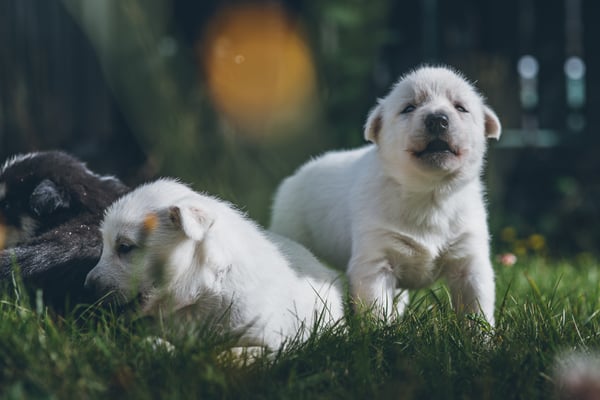
Puppy period (0-6 months)
I spend this time challenging the puppies mentally. Slowly they will get introduced to the big world, experience everything they might need later in life, and then some. They get to test how it is crossing a creek, climb, run in rough terrain, in all learn how to move their legs. It's all about new adventures, move boundaries and take challenges head on. This way the world won't seem so scary later in life.
It's also very important to spend a lot of time with the puppies in this period of life. I frequently take them out for walks where they get to run free, play, build muscles and develop better coordination. I guess you've all seen a puppy, they're not always so graceful to begin with with. On these trips we also get to build a solid relationships, this is very important for the future.
Learn more: Thomas Wærner the new Iditarod champion 2020
6-12 months
When the puppies are about 6 months we start to run them. This means that they get to go in harness for the first time with the adults. During the first trips we always have one puppy with a grown sled dog, until they feel comfortable in the situation. After some time we do complete teams of puppies with two adults in lead.
It's very important to me that the first trips are short, with a focus on pulling and motivation. To the puppies this should be the most exciting thing of all! Short and many runs is key. Usually I would start with 2 kilometres and build from there. Keep in mind that the the whole group needs to be comfortable with the distance before you add on. This is how I train them from around Christmas-time til the snow disappears in spring.
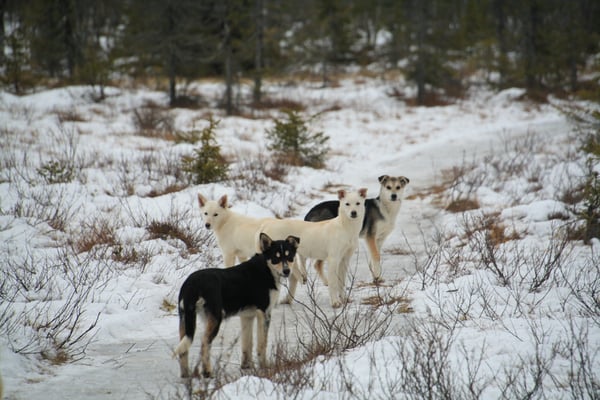
Read more: Joars way - preparing puppies for success
Young adults 12-24 months
At this stage the dogs will follow the same training regimen as the adult. In autumn I mix the A-team with the B-team and the young adults. This way they will automatically learn from the experienced. They will also then adopt the culture in the team, pick up on the energy and learn thing like passing people, other teams, other animals or similar along the trail.
The main difference between the younger and older dogs is that the young once won't have any pressure or expectations to perform. Their only job is to have fun, learn and understand what might meet them later in life. The young dogs get to participate in some races, but I make sure they get enough rest and never passes the point of no return. With this I mean they should never get so tired and fed up by it, so they don't want to continue running.
Rather often the dogs are not ready the first year, especially the bigger males. It can be because they haven't fully grown into their bodies yet or they might need some more time to mature to reach their full potential. If this is the case I will of course give them more time and adapt so they also get what they need.
Two-year olds
At two years old the dogs are ready. Now they will get to officially run on the B-team and I have rather high expectations to them. The challenge with this age is that they often want too much and they won't stop until the there's nothing left. Make sure you keep an eye on them, adjust and perhaps add in more rest if needed. At about 2,5 years I usually see a rather big changes. This marks the time when they've passed over to adulthood and I'm able to see if they have what it takes to make it on the A-team.
Not all dogs are made to win Iditarod, just like us humans. It's important to me that the dog has a lot of motivation, the dog needs to want it, because you can't force a husky to run if it doesn't want to. If the dog does't enjoy racing then they don't have to do it. It's as easy as that.
Feeding
It's very important to keep a high focus on feeding, from puppy to top athlete. This means keeping them at a good weight, making sure you provide them with all they need regarding minerals, vitamins and not to mention the right omea-3s.
Learn more: QRILL Pet - a power ingredient for Iditarod Champions
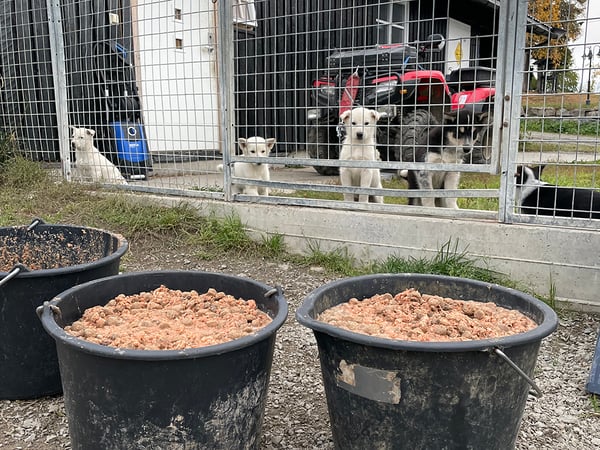
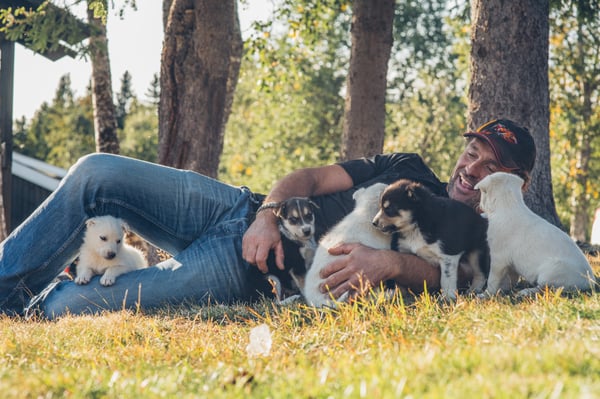
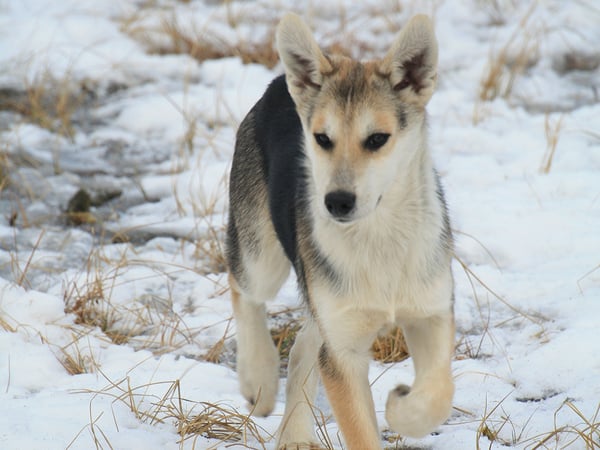

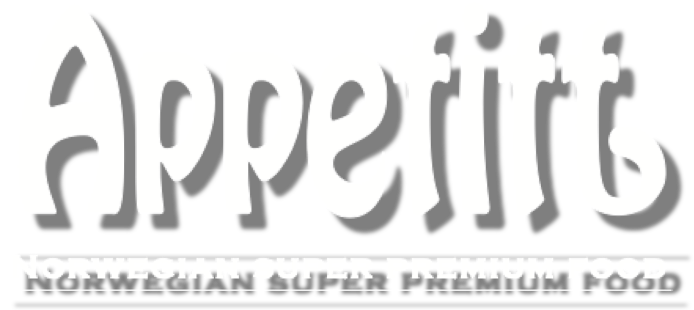

.png)